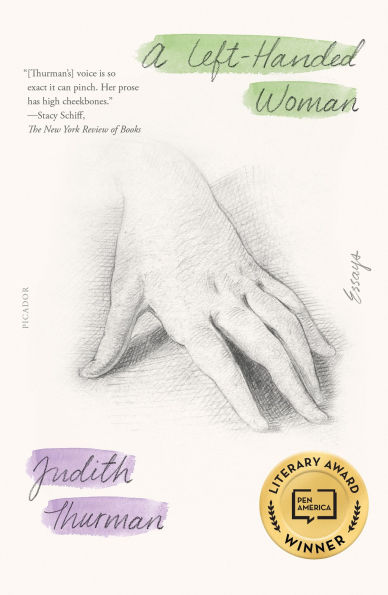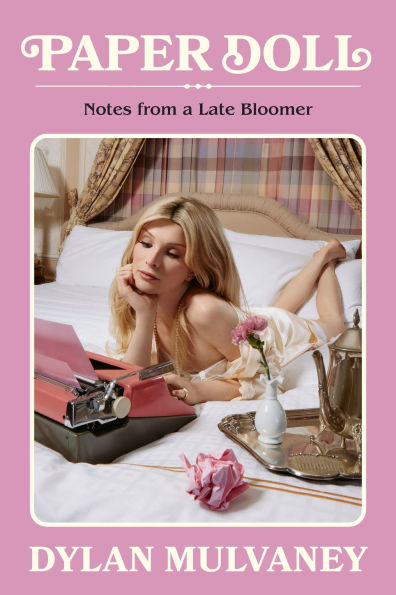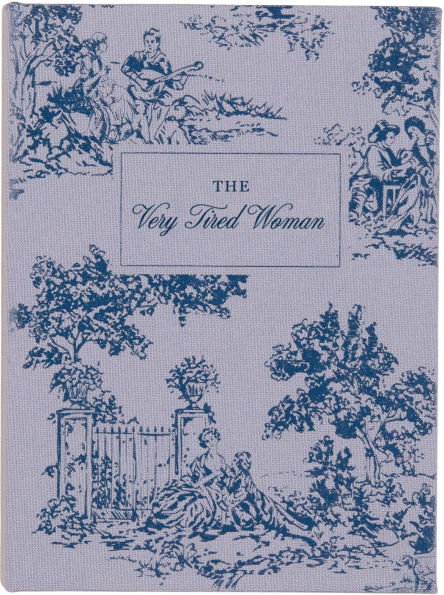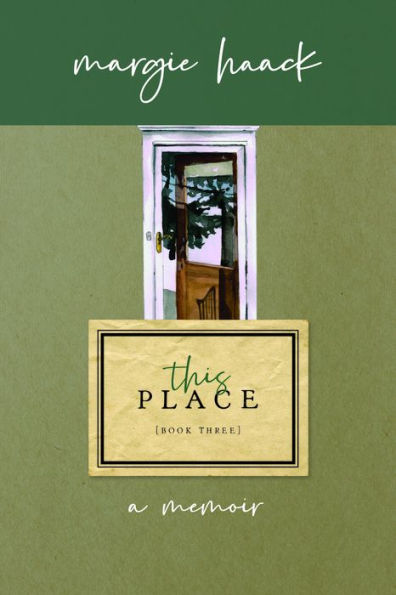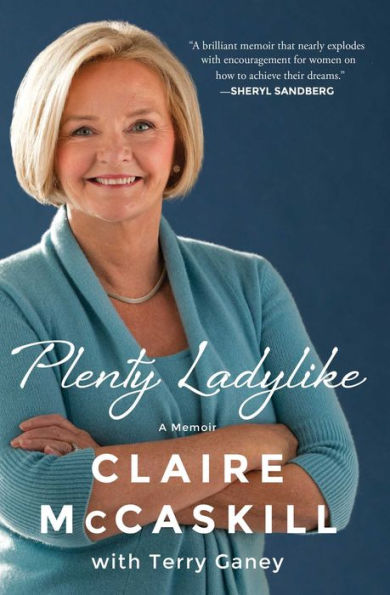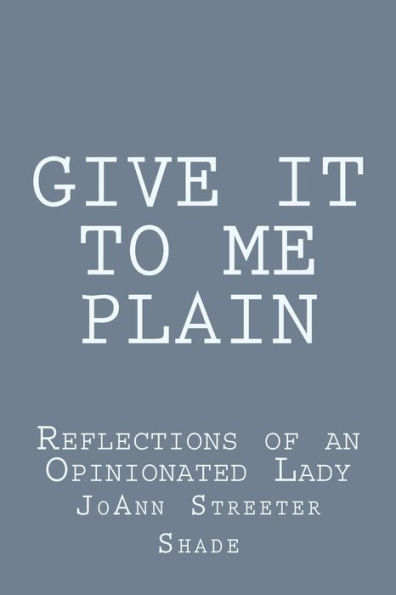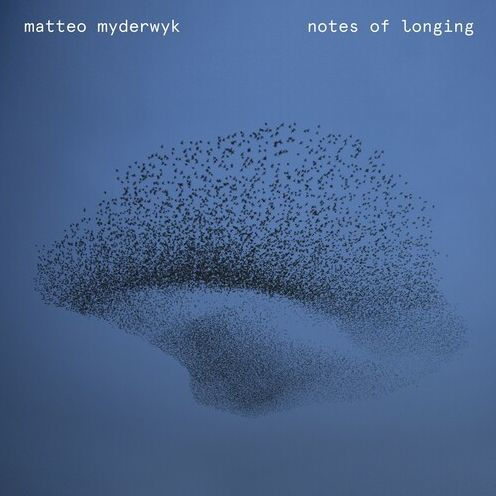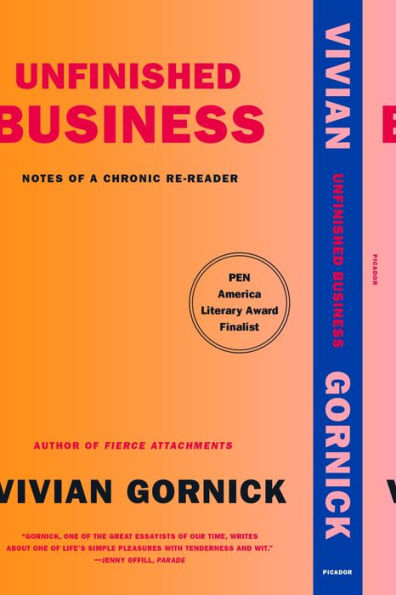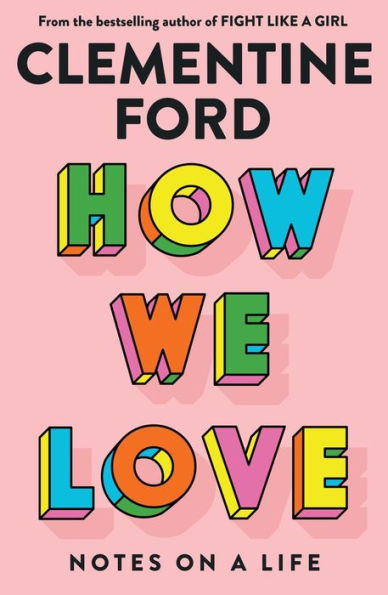Home
The Long-Winded Lady: Notes from
Barnes and Noble
Loading Inventory...
The Long-Winded Lady: Notes from in Franklin, TN
Current price: $16.95
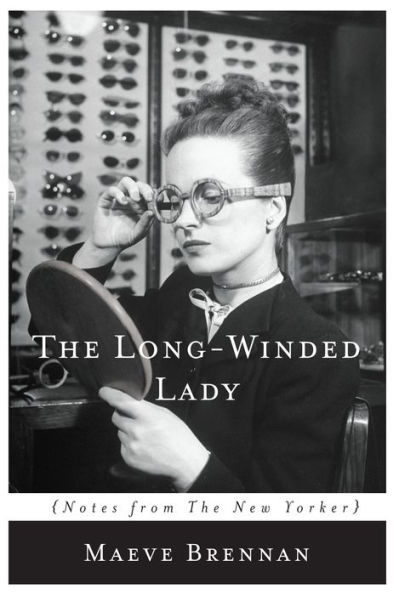
Barnes and Noble
The Long-Winded Lady: Notes from in Franklin, TN
Current price: $16.95
Loading Inventory...
Size: OS
“Maeve Brennan . . . helped put New York back into
The New Yorker
, and has written about the city of the sixties with both honesty and affection . . . She is constantly alert, sharp-eyed as a sparrow for the crumbs of human event, the overheard and the glimpsed and the guessed at, that form a solitary city person’s least expensive amusement.” —John Updike, author of
Rabbit, Run
From 1954 to 1981, Maeve Brennan wrote for
under the pen name "The Long–Winded Lady." Her unforgettable sketches—prose snapshots of life in small restaurants, cheap hotels, and crowded streets of Times Square and the Village—together form a timeless, bittersweet tribute to what she called the "most reckless, most ambitious, most confused, most comical, the saddest and coldest and most human of cities."
First published in 1969,
The Long–Winded Lady
is a celebration of one of the twentieth century’s most accomplished storytellers and documentarians of city life. As contemporary culture revisits with new appreciation the pioneering female voices of the past century, Maeve Brennan remains a writer whose dazzling work continues to embolden a new generation.
The New Yorker
, and has written about the city of the sixties with both honesty and affection . . . She is constantly alert, sharp-eyed as a sparrow for the crumbs of human event, the overheard and the glimpsed and the guessed at, that form a solitary city person’s least expensive amusement.” —John Updike, author of
Rabbit, Run
From 1954 to 1981, Maeve Brennan wrote for
under the pen name "The Long–Winded Lady." Her unforgettable sketches—prose snapshots of life in small restaurants, cheap hotels, and crowded streets of Times Square and the Village—together form a timeless, bittersweet tribute to what she called the "most reckless, most ambitious, most confused, most comical, the saddest and coldest and most human of cities."
First published in 1969,
The Long–Winded Lady
is a celebration of one of the twentieth century’s most accomplished storytellers and documentarians of city life. As contemporary culture revisits with new appreciation the pioneering female voices of the past century, Maeve Brennan remains a writer whose dazzling work continues to embolden a new generation.
“Maeve Brennan . . . helped put New York back into
The New Yorker
, and has written about the city of the sixties with both honesty and affection . . . She is constantly alert, sharp-eyed as a sparrow for the crumbs of human event, the overheard and the glimpsed and the guessed at, that form a solitary city person’s least expensive amusement.” —John Updike, author of
Rabbit, Run
From 1954 to 1981, Maeve Brennan wrote for
under the pen name "The Long–Winded Lady." Her unforgettable sketches—prose snapshots of life in small restaurants, cheap hotels, and crowded streets of Times Square and the Village—together form a timeless, bittersweet tribute to what she called the "most reckless, most ambitious, most confused, most comical, the saddest and coldest and most human of cities."
First published in 1969,
The Long–Winded Lady
is a celebration of one of the twentieth century’s most accomplished storytellers and documentarians of city life. As contemporary culture revisits with new appreciation the pioneering female voices of the past century, Maeve Brennan remains a writer whose dazzling work continues to embolden a new generation.
The New Yorker
, and has written about the city of the sixties with both honesty and affection . . . She is constantly alert, sharp-eyed as a sparrow for the crumbs of human event, the overheard and the glimpsed and the guessed at, that form a solitary city person’s least expensive amusement.” —John Updike, author of
Rabbit, Run
From 1954 to 1981, Maeve Brennan wrote for
under the pen name "The Long–Winded Lady." Her unforgettable sketches—prose snapshots of life in small restaurants, cheap hotels, and crowded streets of Times Square and the Village—together form a timeless, bittersweet tribute to what she called the "most reckless, most ambitious, most confused, most comical, the saddest and coldest and most human of cities."
First published in 1969,
The Long–Winded Lady
is a celebration of one of the twentieth century’s most accomplished storytellers and documentarians of city life. As contemporary culture revisits with new appreciation the pioneering female voices of the past century, Maeve Brennan remains a writer whose dazzling work continues to embolden a new generation.

